(NLDO) - NASA's life-hunting robot Perseverance has made a special discovery from a rock with strange "leopard spots".
According to Science, NASA has just announced that a rock discovered on Mars by Perseverance contains "some of the best signs of life". This has further confirmed the hypothesis that life in the form of ancient bacteria was once present on Mars.
The rock provides clear evidence of water, organic matter and chemical reactions that could have powered life, said Laurie Leshin, director of NASA's Jet Propulsion Laboratory (JPL).
Ms Leshin also described it as the kind of discovery that "makes your heart beat a little faster".
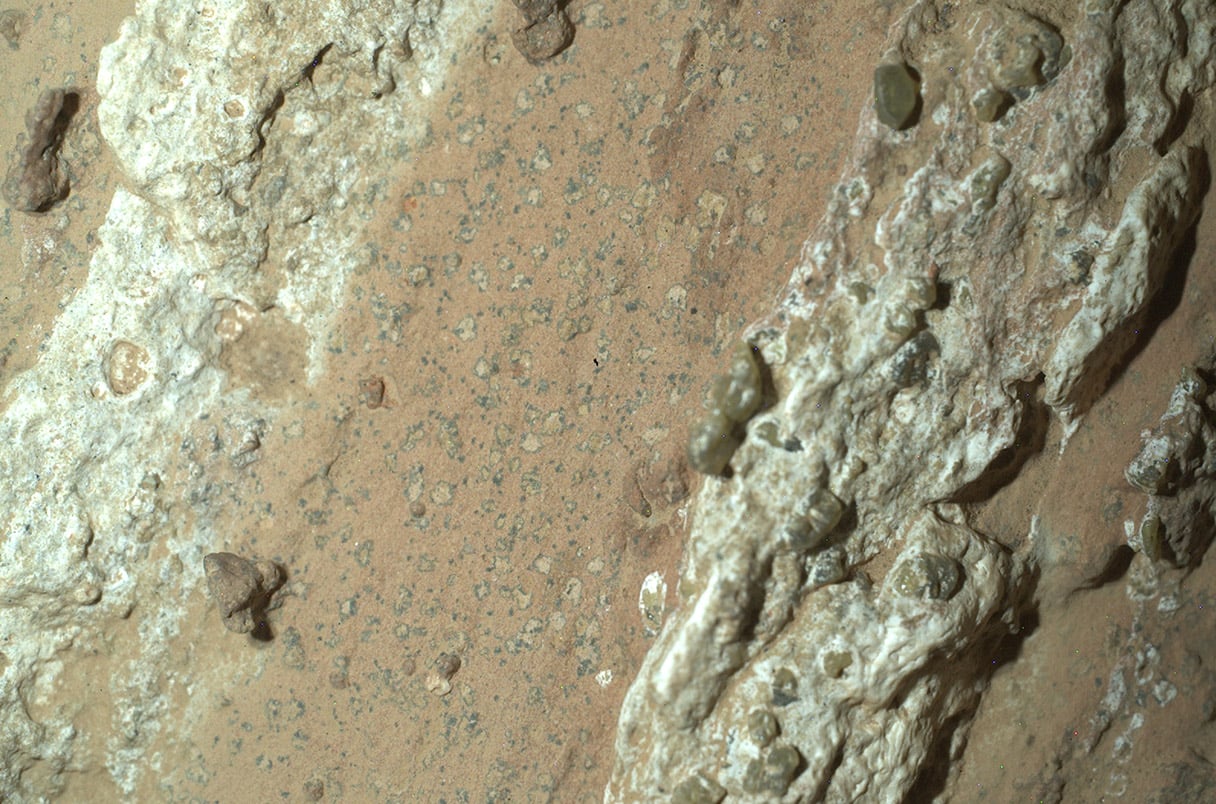
Between the white mineral veins in a Martian rock are “leopard spot” structures, which resemble mineral structures that contain traces of life on Earth - Photo: NASA
Previously, some signs of life were discovered by Perseverance's predecessor, Curiosity, also a rover-like robot.
Curiosity, which has a chemistry lab in its belly, has discovered all sorts of organic molecules on its long journey through the Gale Crater region. Perseverance, on the other hand, doesn’t carry such a lab, but instead is tasked with drilling rocks and placing them in capsules that can be returned to Earth for detailed study.
As a result, Perseverance’s instruments are more limited than Curiosity’s in making in-situ discoveries, despite possessing many other more modern tools to serve the purpose of finding and collecting samples. However, Perseverance also has enough instruments to provide enough information about the rock called Cheyava Falls that it just drilled.
This rock was taken from a site where researchers believe a river once flowed into the Jezero Crater area, dumping mud and creating a now-fossilized delta.
Running through the rock are white veins of calcium sulfate, a mineral that precipitates from water. Scans by the rover also showed that the rock contains organic compounds.
But perhaps most intriguing are the “leopard spots” on this rock. These are white spots shaped like black spots on a leopard, only a few millimeters in size, surrounded by black material that may contain iron and phosphate.
On Earth, such spots could form when organic molecules react with hematite or rusted iron. These reactions could promote bacterial life.
There are other possible explanations. For example, the rock also contains crystals of olivine, a mineral that forms during volcanic eruptions.
However, Perseverance cannot provide a final answer.
All humanity can do is wait and hope for NASA's next mission, a long-planned mission to collect the samples this autonomous hunting robot has taken and bring them back to Earth.
This is the 22nd core NASA has collected, most of which are of great interest to astrobiologists. Some cores contain mudstone or carbonate sediments, which on Earth are the type of sediments that often contain the remains of ancient life.
Source: https://nld.com.vn/nasa-tuyen-bo-tim-ra-dau-hieu-tot-nhat-ve-su-song-o-sao-hoa-196240730095640959.htm





![[Photo] National Assembly Chairman Tran Thanh Man attends the VinFuture 2025 Award Ceremony](/_next/image?url=https%3A%2F%2Fvphoto.vietnam.vn%2Fthumb%2F1200x675%2Fvietnam%2Fresource%2FIMAGE%2F2025%2F12%2F05%2F1764951162416_2628509768338816493-6995-jpg.webp&w=3840&q=75)
![[Photo] 60th Anniversary of the Founding of the Vietnam Association of Photographic Artists](/_next/image?url=https%3A%2F%2Fvphoto.vietnam.vn%2Fthumb%2F1200x675%2Fvietnam%2Fresource%2FIMAGE%2F2025%2F12%2F05%2F1764935864512_a1-bnd-0841-9740-jpg.webp&w=3840&q=75)

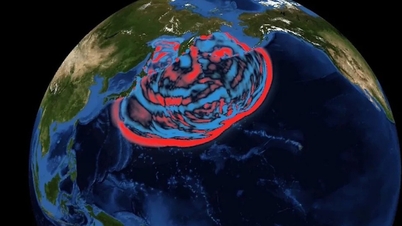

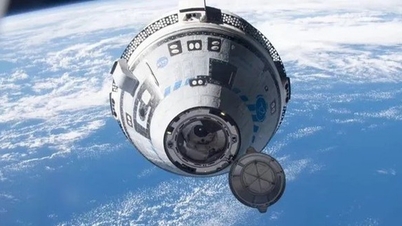
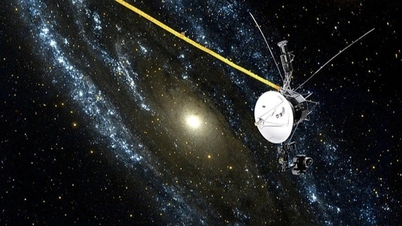

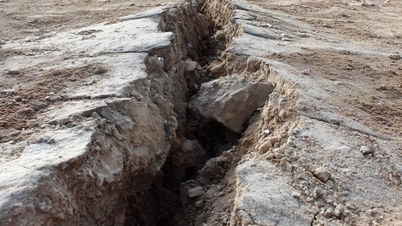
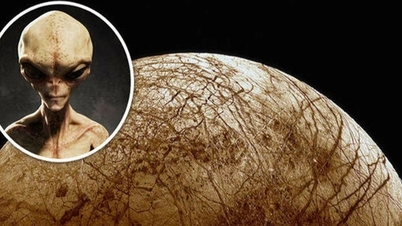








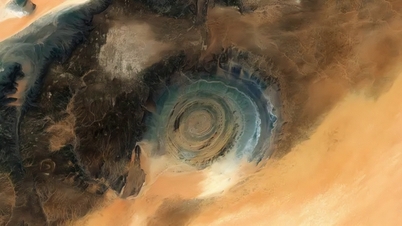














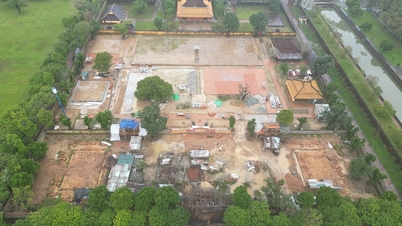





































































Comment (0)